Fast & Free Shipping
Free shipping in 3-7 days on all orders.
Your order is eligible for free shipping!
There's no item in your cart.
You May Also Like
You're Saving $0.00
Shipping, taxes, and discount codes calculated at checkout.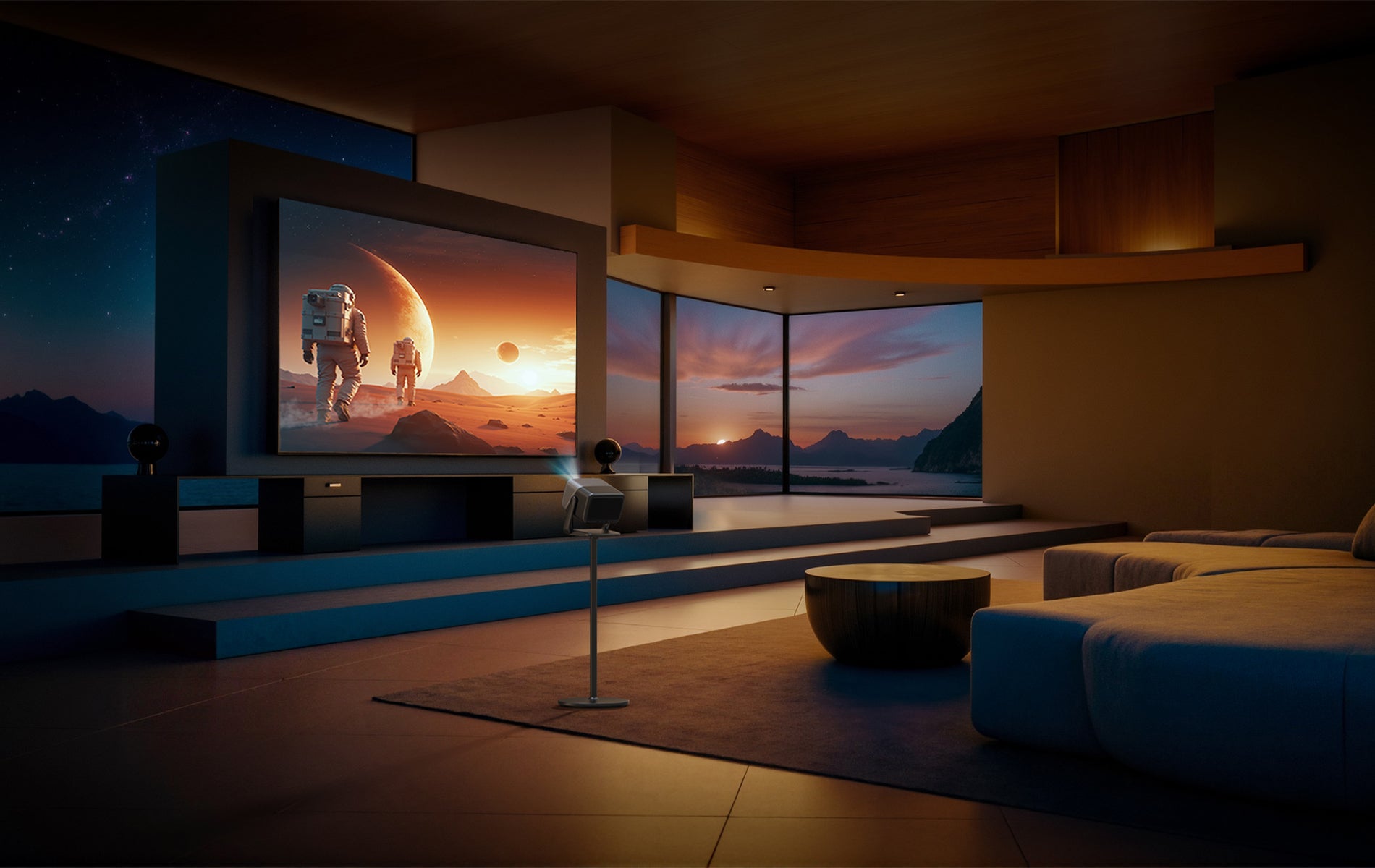
Flagship 4K Home Theater Projector
Flagship 4K Home Theater Projector

Ultra Vivid Colors

4K Clarity

Cinematic Brightness

Immersive Big Screen

Ultra Vivid Colors

Cinematic Brightness

4K Clarity

Immersive Big Screen
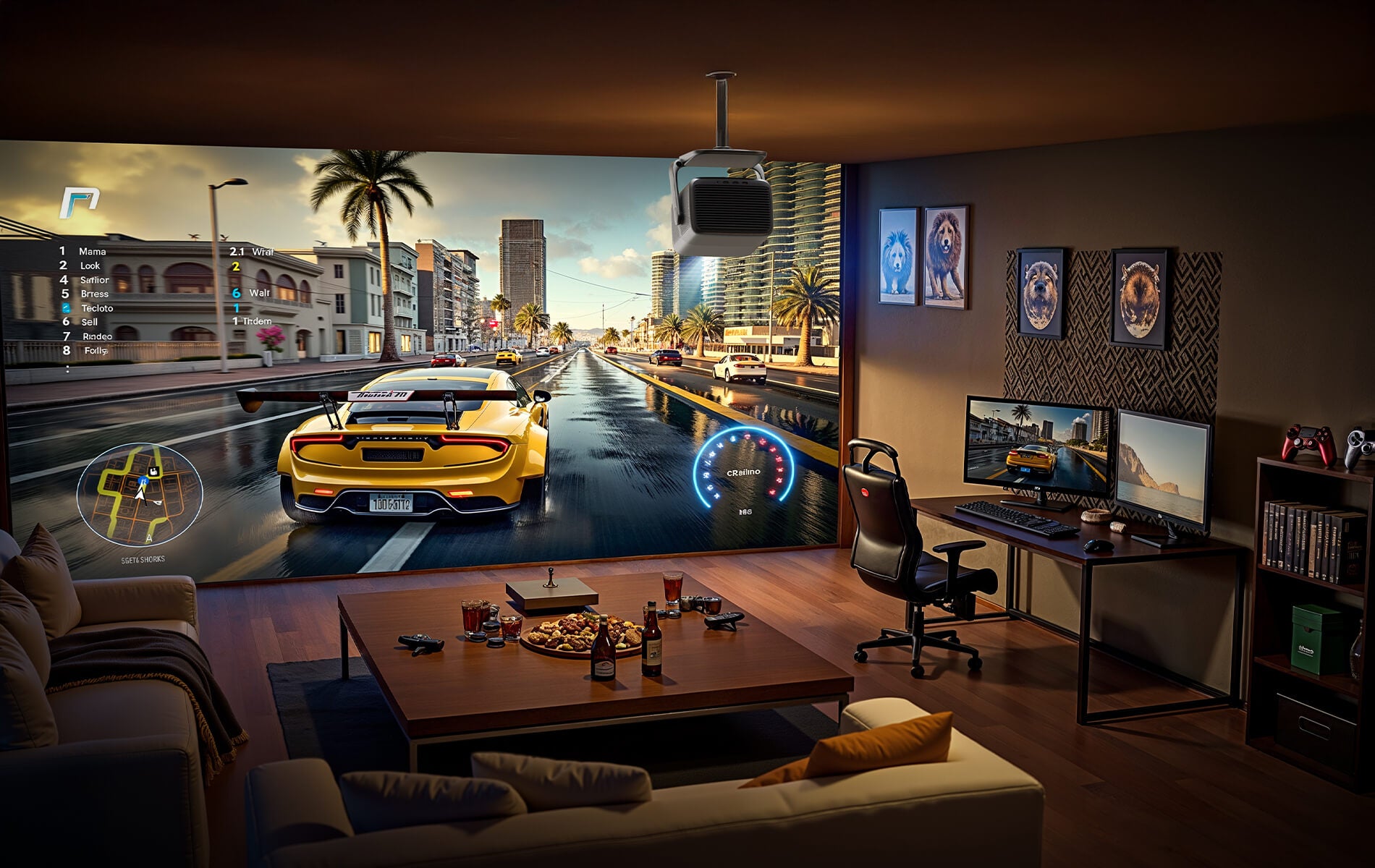
High-Performance 4K Gaming Projector
High-Performance 4K Gaming Projector

Vivid Gameplay

Dolby Audio

17ms & 120Hz

Blu-ray 3D

Vivid Gameplay

17ms & 120Hz

Dolby Audio

Blu-ray 3D

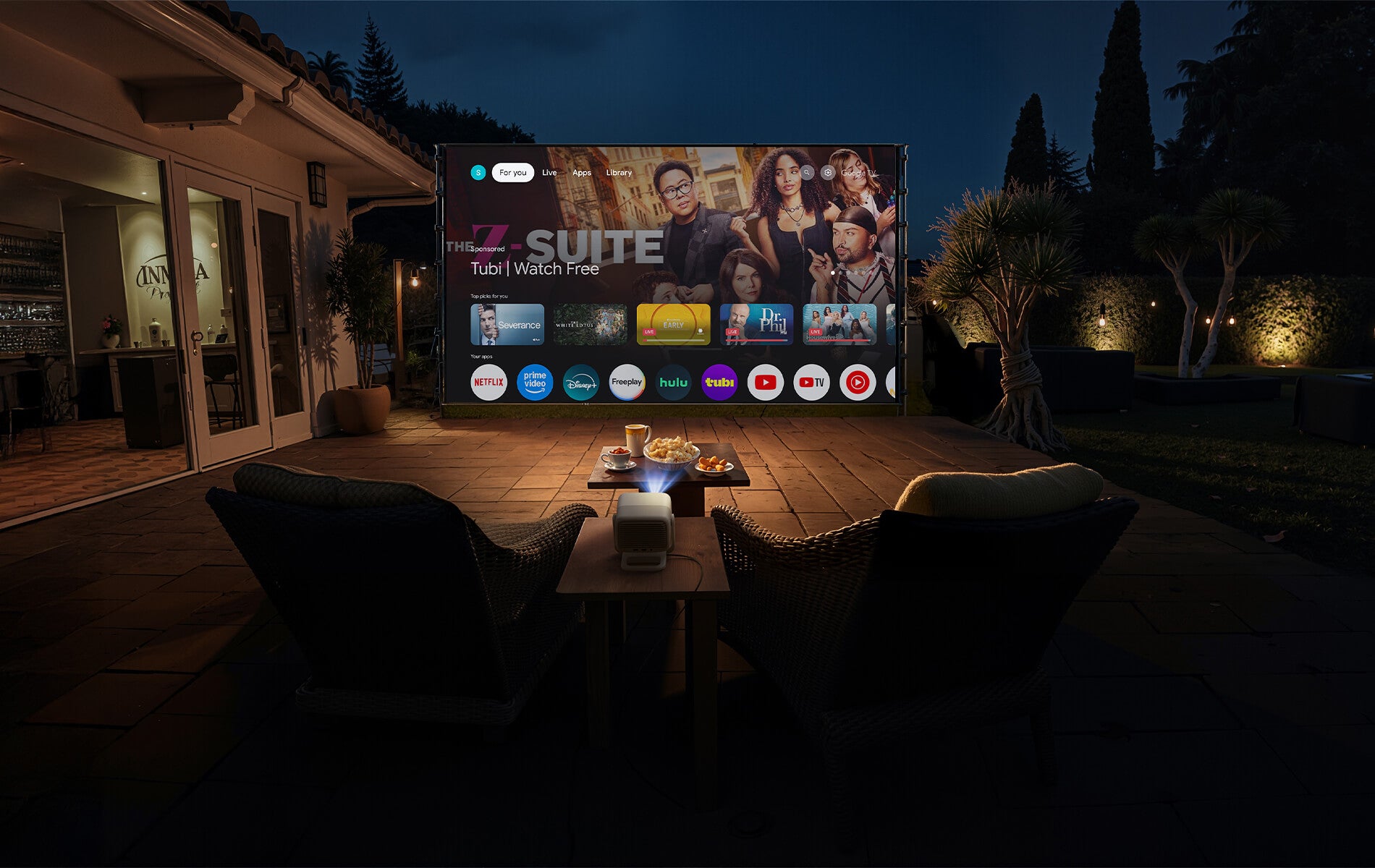
Entry-Level 4K Outdoor Mini Projector
Entry-Level 4K Outdoor Mini Projector

4K Resolution

Light to Carry

Essential Brightness

Google TV

4K Resolution

Essential Brightness

Light to Carry

Google TV
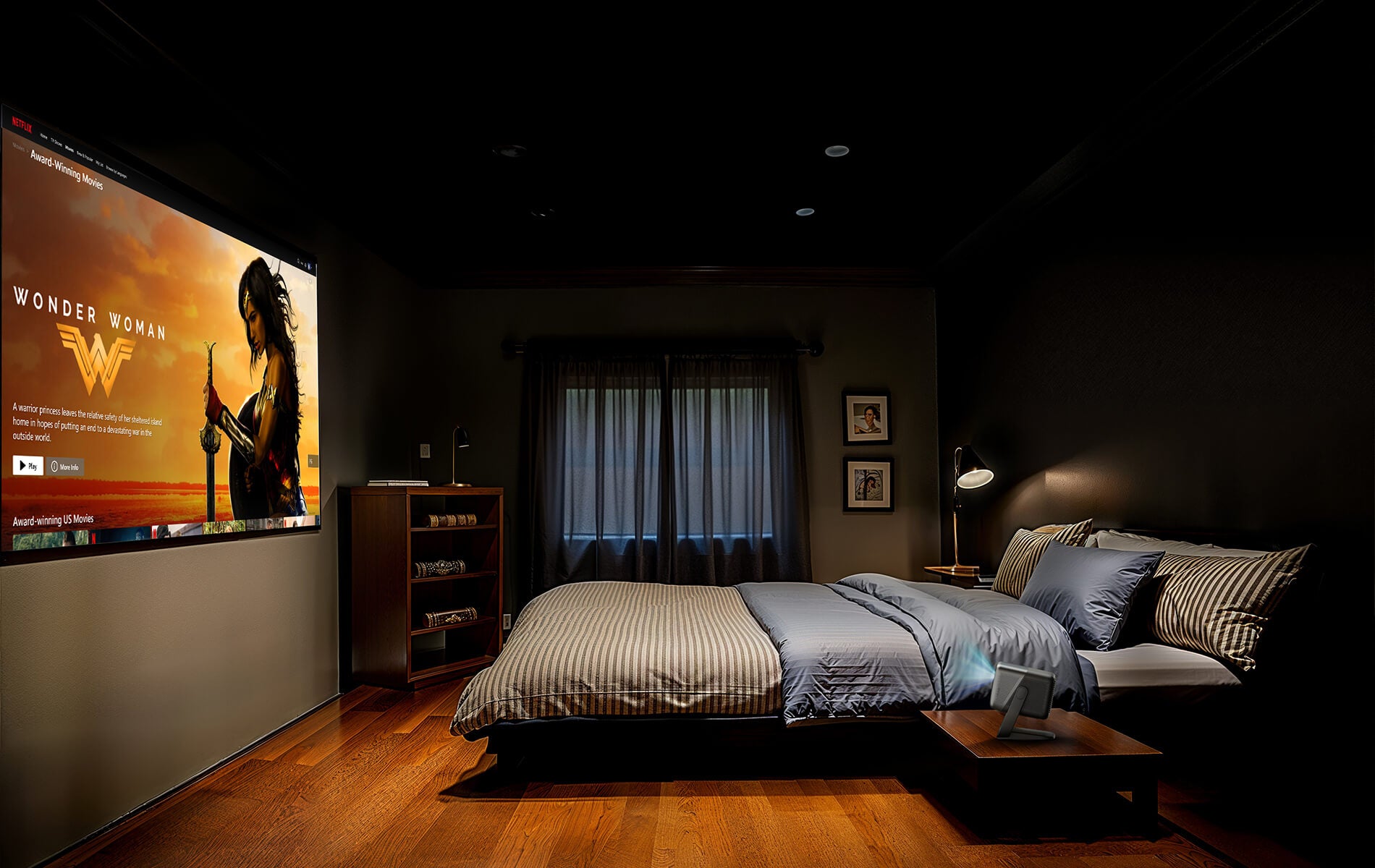
Essential 4K Home Entertainment Projector
Essential 4K Home Entertainment Projector

Google TV

4K Clarity

High Brightness

AI Gimbal Design

Google TV

High Brightness

4K Clarity

AI Gimbal Design

Redefining the Future of Light Sources
Free shipping in 3-7 days on all orders.

Split your purchase into 4 easy payments with 0% interest (Support Klarna, Paypal and Afterpay).

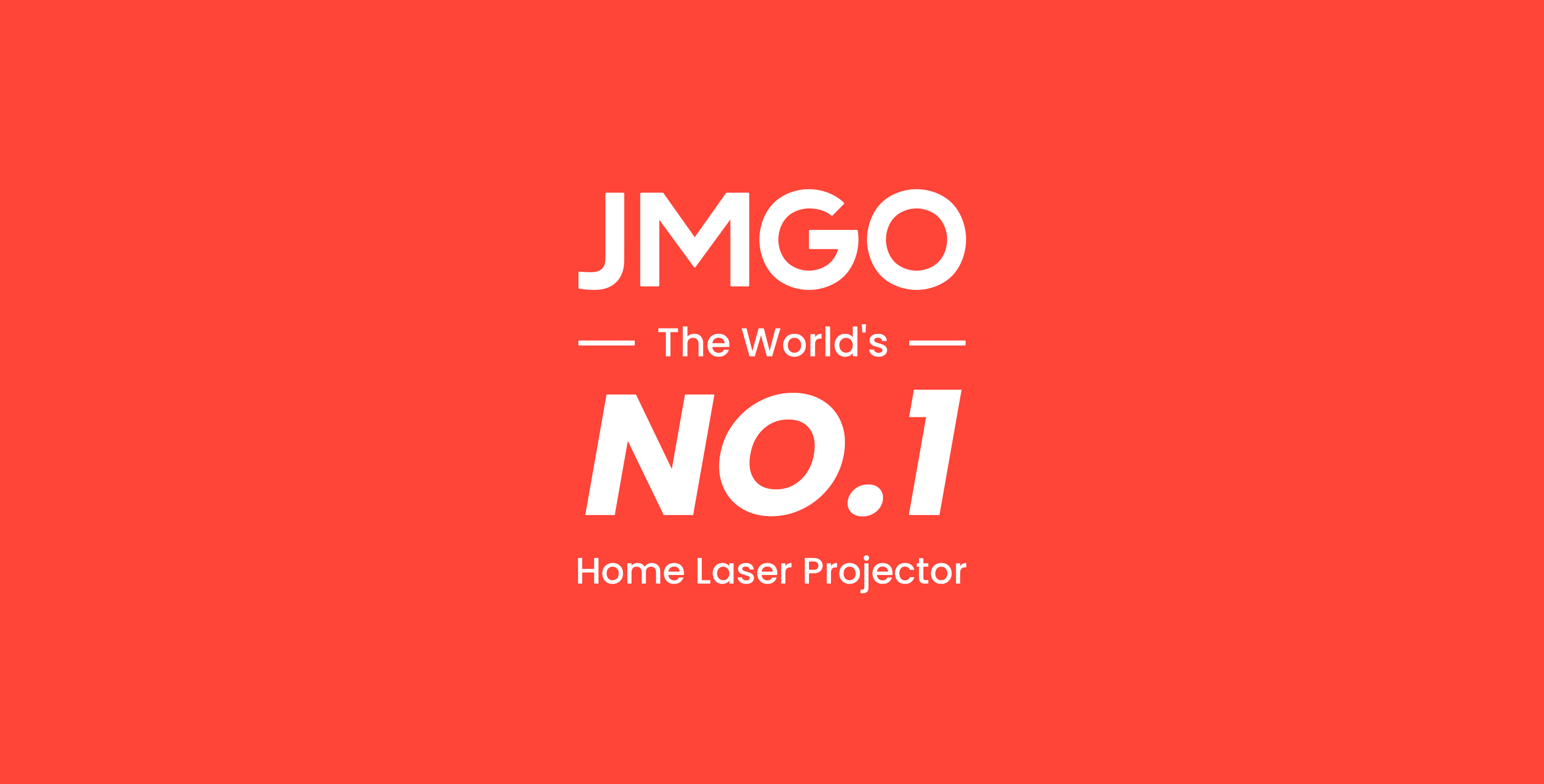
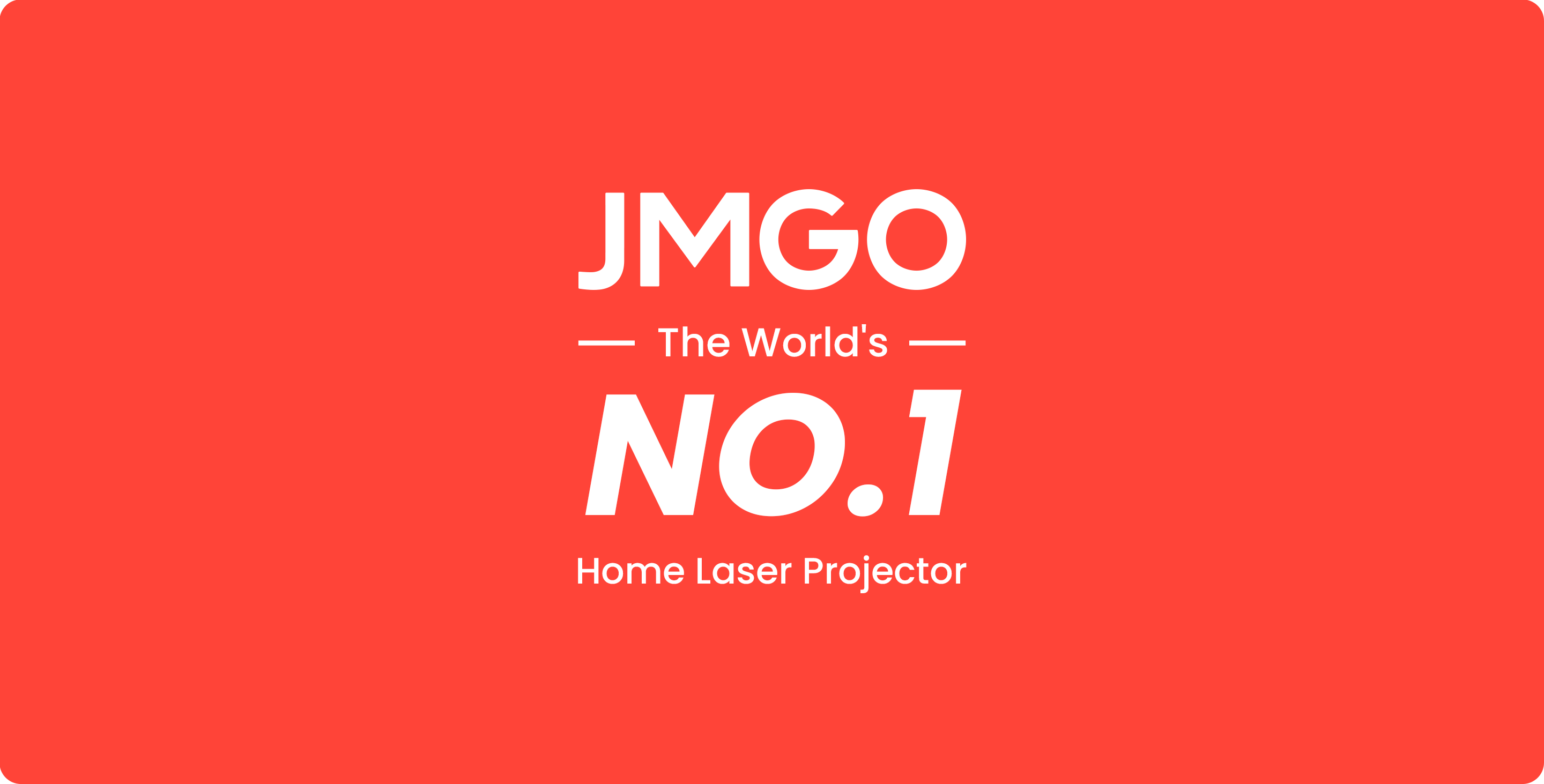
Enjoy exclusive free gifts every month with your purchase.

Comprehensive warranty protection on all purchase.

Retun within 30 days for a full refund.

Need help? Our expert support team is available 24/7 to assist you anytime, anywhere.


Free shipping in 3-7 days on all orders.

Split your purchase into 4 easy payments with 0% interest (Support Klarna, Paypal and Afterpay).

Enjoy exclusive free gifts every month with your purchase.

Comprehensive warranty protection on all purchase.

Retun within 30 days for a full refund.

Established in 2011, JMGO is a leader in the smart projector field. For over a decade, we've been at the forefront of optical technology research and development.
Established in 2011, JMGO is a leader in the smart projector field. For over a decade, we've been at the forefront of optical technology research and development.
What the Experts Say

“My favorite projector from last year, the JMGO N1 Ultra, is set to receive an upgrade at IFA 2024 in Berlin. The JMGO N1S Ultimate is the company’s new flagship projector, offering similar smart features, the same brilliant design with a built-in gimbal system, and more.”
“My favorite projector from last year, the JMGO N1 Ultra, is set to receive an upgrade at IFA 2024 in Berlin. The JMGO N1S Ultimate is the company’s new flagship projector, offering similar smart features, the same brilliant design with a built-in gimbal system, and more.”

“The JMGO N1S Ultimate is a new projector with quite high brightness and 4K resolution. The model comes with smart functions and is therefore not dependent on an external player. The stand is not the only thing that makes it easy to set up.”
“The JMGO N1S Ultimate is a new projector with quite high brightness and 4K resolution. The model comes with smart functions and is therefore not dependent on an external player. The stand is not the only thing that makes it easy to set up.”

“The JMGO N1S Ultimate sits on a gimbal stand for placement flexibility, with its Multi Adaptive System adjusting visuals for easy setup JMGO”
“The JMGO N1S Ultimate sits on a gimbal stand for placement flexibility, with its Multi Adaptive System adjusting visuals for easy setup JMGO”

“With 3,500 ANSI lumens in its arsenal, you can't help but feel it's bright enough to project a movie directly onto the sun. It's certainly what you need if you plan on doing any projection outdoors in the daytime.”
“With 3,500 ANSI lumens in its arsenal, you can't help but feel it's bright enough to project a movie directly onto the sun. It's certainly what you need if you plan on doing any projection outdoors in the daytime.”

“The JMGO N1S Ultimate 4K boosts its usefulness with Google TV and official Netflix. Its 3500-lumens brightness means it can work practically anywhere, while making the most of HDR content, delivering bright, richly coloured scenes.”
“The JMGO N1S Ultimate 4K boosts its usefulness with Google TV and official Netflix. Its 3500-lumens brightness means it can work practically anywhere, while making the most of HDR content, delivering bright, richly coloured scenes.”










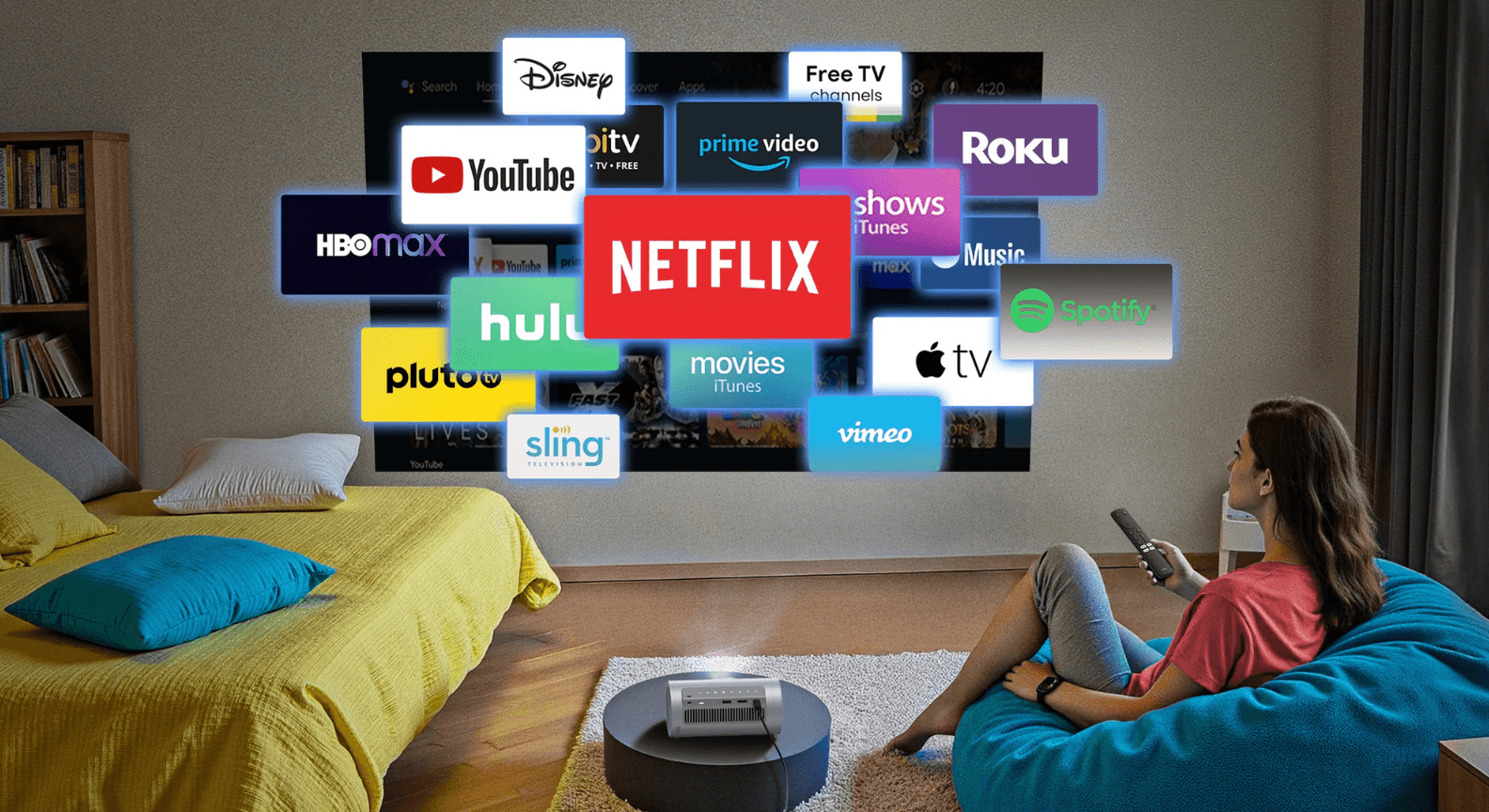
With streaming becoming the primary form of entertainment consumption, the selected device for streaming makes all the difference in the viewing experience. Two of the leading candidates in streaming services are Google TV and Roku, two platforms that offer effortless integration of hundreds of apps and services such as Netflix, Hulu, Disney+, and many others. But which one is more convenient for you? This article will analyze the main differences between Google TV and Roku to determine which device is more suitable for your home entertainment system. What Is Google TV? Google TV is an Android TV interface developed by Google and its various services. It helps to combine all the streaming services and apps in one easy-to-use layout and makes suggestions for users based on what they have enjoyed previously. Google TV can be found on products such as the Chromecast with Google TV as well as many smart television brands such as Sony and TCL. What Is Roku? Roku is a preferred streaming device platform due to its ease of use and many available streaming channels. Available Roku devices include reasonably priced streaming sticks and more advanced streaming boxes. RoKu also has Roku TVs, where the Roku platform is embedded into the television’s interface. Having existed for quite some time in the streaming device market, Roku is considered by most people to be one of the easiest-to-use platforms. Interface and Usability: Google TV vs Roku The user interface is an important factor in streaming devices, directly affecting the viewing experience. Let's compare Google TV and Roku in this regard. Google TV Interface The Google TV interface is efficient, contemporary, and editable to fit the user's preferences. It takes a content-first approach in that, rather than just showing you a list of apps, it collects all the content of all the streaming services the user subscribes to and displays it only. Some key features include: Content Discovery: Google TV incorporates artificial intelligence to recommend content based on the user's viewing patterns. It makes suggestions depending on content viewed from a variety of sources. Voice Search: The voice search option allows the user to find a show or a film – or even control his/her smart home appliances with the assistance of Google Assistant. Google Integration: For those who have already embraced the essential Google services, it will be easy to appreciate how Google Home integrates with Google TV, YouTube, Google Photos, and Google Home devices. While the interface can be a bit overwhelming for some due to the sheer amount of content and recommendations, it’s ideal for viewers who want to discover new shows or movies easily. Roku Interface Roku's popularity can be attributed to its intuitive interface and ease of use. Unlike other platforms, which will suggest numerous titles to users, the Roku platform adopts a simple design where only installed applications are displayed on a grid. For instance, even though there are various shows across Netflix, Hulu, Amazon, and Prime Video, users can easily switch between these platforms without any disturbance. Some key features include: Simplicity: The no-frills design makes Roku one of the easiest platforms to navigate, especially for less tech-savvy users. Customization: Roku allows you to arrange your apps in whatever order you prefer, giving you more control over the interface's appearance. Private Listening: Many Roku devices offer private listening, which allows you to listen to content using headphones connected to the Roku remote or via the Roku mobile app. Roku's straightforward layout is perfect for users who prioritize simplicity and ease of use over flashy interfaces or heavy personalization. Content and App Availability: Which Has More? One of the most important factors to consider is the number of apps and services available on each platform. Both Google TV and Roku, however, allow access to all the major streaming services. There are a few differences that can be pointed out. Google TV Content Google TV provides access to over 10,000 apps via the Google Play Store. This includes all the popular streaming services like Netflix, Disney+, HBO Max, and Amazon Prime Video, as well as niche platforms like Shudder, Crunchyroll, and many more. The core advantage of Google TV is its integration and use of Google Play Movies & TV, which allows users to rent or purchase a movie via the platform itself. In addition, YouTube is also well integrated, enabling users to search and view their favorite videos without exiting the interface. Roku Content Roku has one of the most extensive app libraries in the streaming world, offering over 20,000 channels. Like Google TV, Roku supports all major streaming platforms, including Netflix, Hulu, Disney+, and Apple TV. To enhance the value of the platform further, Roku has introduced The Roku Channel, a free streaming service that is replete with movies, television shows, and live news. Though it is not as integrated into the platform as Google TV, the happenings and uploading of thousands of other niche channels akin to the provision of Roku makes sense for everyone. In terms of sheer app availability, Roku takes the edge. On the other hand, incorporating Google services and Android applications within the framework of Google TV offers an additional advantage to those who already belong to the Google family. Remember, choose the best option that will give you the full experience; a good example is the JMGO N1S Pro 4k, which is compatible with both Google TVs. Smart Features and Voice Control: Google TV vs Roku As smart features become more important in home entertainment, it’s worth comparing what each platform offers in terms of voice control and smart home integration. Google TV Smart Features With Google TV, one can get extensive device voice control through Google Assistant. One can do a content search, control the volume, and even issue commands for compatible smart home devices using voice. Also, Google Assistant should provide information on the weather or traffic and similar interactivity with the TV. Besides that, Google TV comes with Chromecast support, allowing users to cast the content to their TV screen from smart devices such as their phone, tablet, or laptop. If you are fully enmeshed within the walls of the Google ecosystem, the built-in features and ability to control it via Google TV are quite pleasing. Roku Smart Features Roku might not have Google TV's smart home integration capabilities, but it has voice search features integrated into its devices. Users with supported Roku devices can use their voice to find content, open applications, and even control the playback of their devices with the Roku remote or the Roku mobile app. Although Roku's smart features are not as advanced as those of Google TV, the platform still offers basic voice control for users who need that functionality. Which Is Best for You? Choosing the best option between Google TV and Roku depends on your preferences and needs. In case you desire a content-first approach with a heavily personalized interface integrated within the google ecosystem, Google TV would be the best option. If you value simplicity, affordability, and access to a massive library of streaming channels, Roku might be more up your alley. Ultimately, both platforms guarantee excellent streaming services, but the selection will depend on whether you like the sophistication of Google TV or Roku's simplicity and variety. Visit us at JMGO or contact us to get the best option for your home!
Read more
